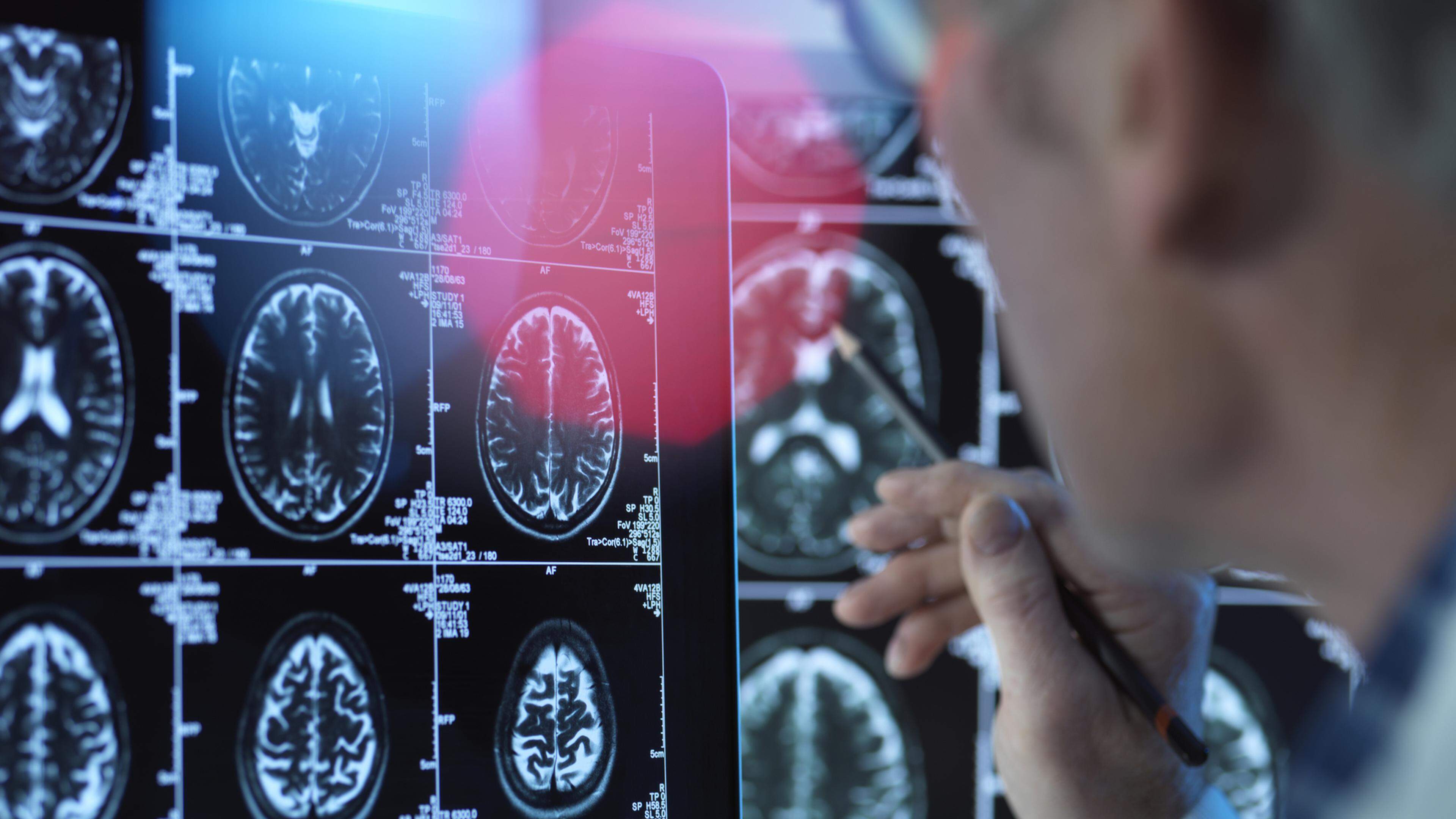More than tremors: Parkinson’s often reveals himself in sleep

Many people immediately think of the typical tremors at Parkinson’s. In fact, in addition to slowed movements and stiff muscles, the tremor is one of the main symptoms of neurodegenerative disease. Because of Parkinson’s progressive nerve cells are destroyed, the movement stimuli forward from the brain to the muscles. Around 3,000 people in Luxembourg are affected by Parkinson’s. The frequency increases significantly with increasing age, men fall ill about twice as often as women.
Parkinson’s has not yet been healed, but treated well. The earlier the diagnosis can be made, the longer the independence and quality of life of the patients can be obtained. But even if research is making progress, the disease still represents a diagnostic challenge. Because slow disease development makes early detection so complex.
Early warning sign: First signals from Parkinson’s
Parkinson’s mostly begins creeping – and often years before the typical tremors and the complaints. At first glance, the early warning signs of Parkinson are harmless and are rarely associated with a neurological disease. However, one should become particularly attentive if several of these changes occur at the same time.
An early signal can be, for example, a declining sense of smell – if, for example, the fragrance of coffee or the favorite space is suddenly hardly noticeable. Chronic constipation can also indicate Parkinson’s. Many affected people also develop sleep disorders early on, in particular the so-called REM sleep behavioral disorder: Instead of dreaming calmly, they move violently in their sleep, step or beat around, speak or scream.
Psychological and cognitive changes such as anxiety, depressive moods or concentration problems can also be initial information. Also an increased urge to urinate, disorders of sexual function and disturbed color vision. The problem: These symptoms are often attributed to aging and in fact they can also have completely different causes. However, if such symptoms – especially in combination – continue for a long time if they are definitely a doctor.
An early signal can be, for example, the decline in smell, for example, if the coffee scent is hardly noticeable. Photo: Shutterstock
When movement becomes a challenge
As the disease progresses, typical movement disorders come to the fore: the movements slow down significantly and even everyday activities such as a shirt or pay for cash are difficult, movements have a hacking or frozen. The muscle rigidity, the so -called rigor, means that limbs become more cumbersome, the arms no longer swing while walking and the posture changes.
The characteristic tremor usually occurs first – especially in peace. The thumb and fingers often rub against each other rhythmically as if they roll a small ball. Home instability often develops later. Those affected then have difficulties to keep their balance, stumble more easily and fall faster.
In addition to the motor symptoms, further complaints often occur. In this way, facial expressions can reduce and act rigidly, which gives the « mask face » its name. In addition, there is often greasy or oily skin – the so -called « ointment face ». The manuscript changes and becomes smaller at the end of the line.
Speaking can be quieter and indistinct, swallowing is more difficult, seeing can also be impaired. Many affected also report constant tiredness, sleep problems, depression and anxiety disorders as well as about sensations in the neck, back or in the limbs.
Jeannot Krecké: A life with Parkinson’s – open, active and self -determined
Early detection makes the difference
The good news: With the right therapy of medication and non -drug measures such as movement therapy, Parkinson’s can often be checked well for years. Safe early detection is not yet possible in routine use, but there are some tests in research. Until then, it remains important to take the first signs seriously.
So what to do with suspicion? The first step leads to the neurologist. There, movement sequences are checked, imaging methods can rule out other diseases, sometimes a genetic test is possible-and a so-called L-DOPA test, in which a common Parkinson’s medication is taken, can also be certified. This way life with Parkinson’s can be actively designed.








